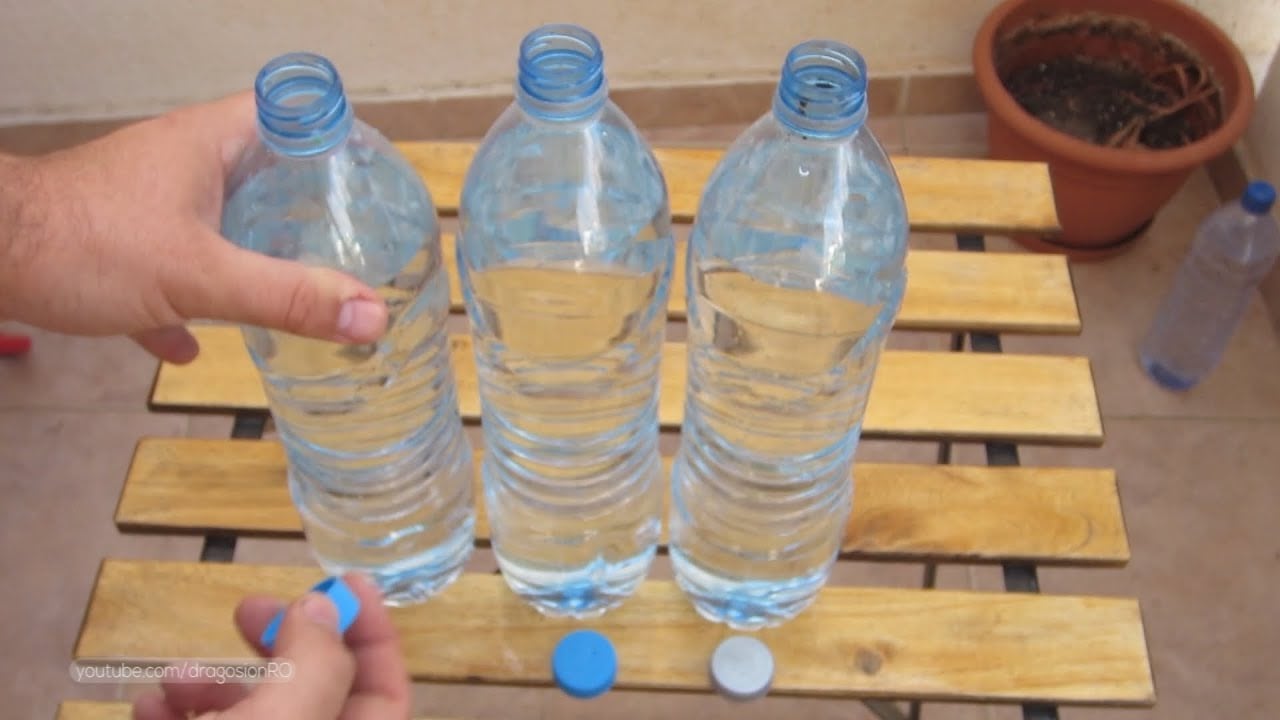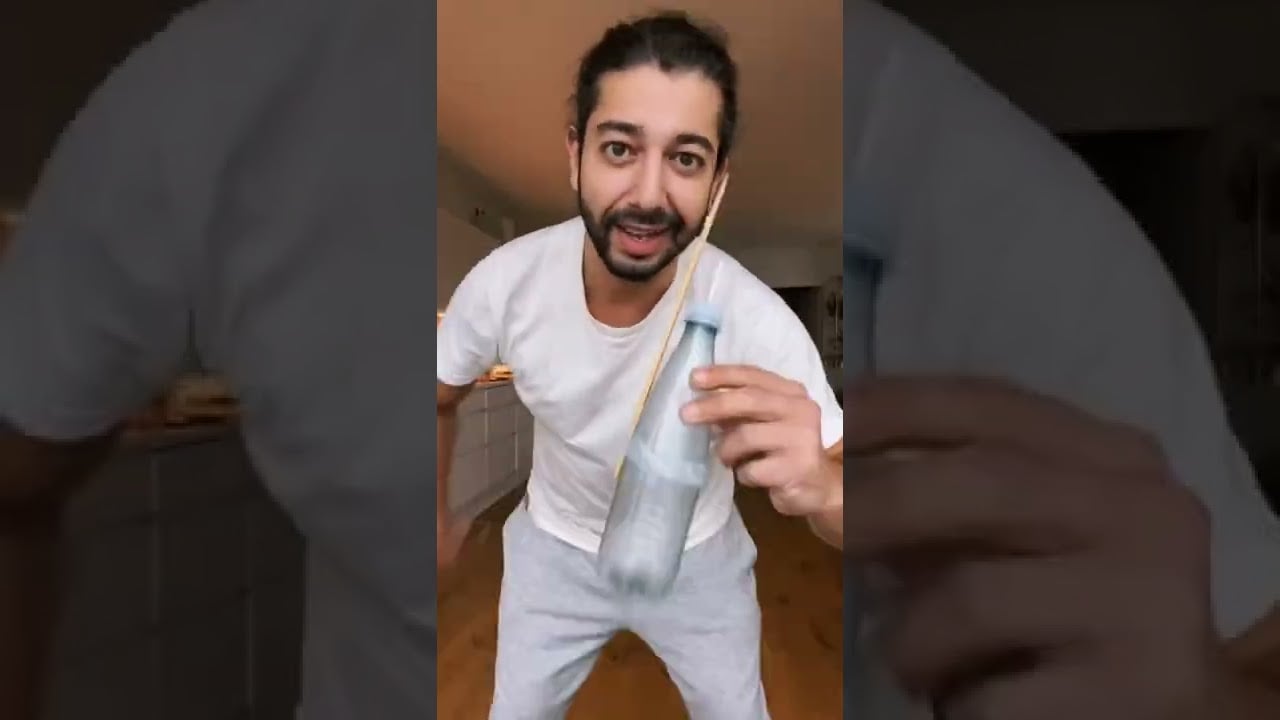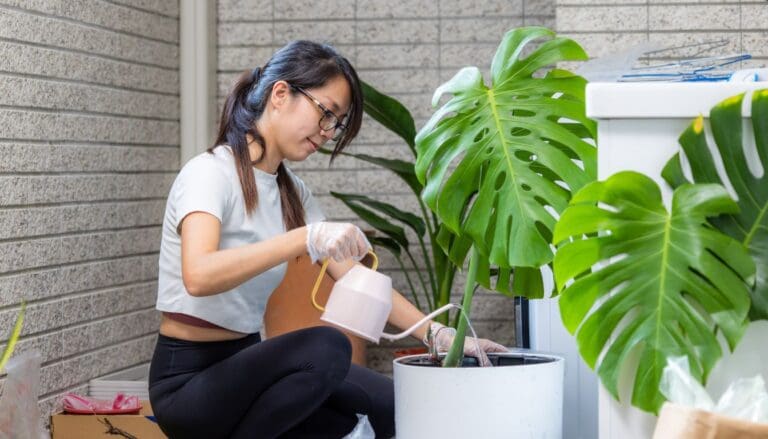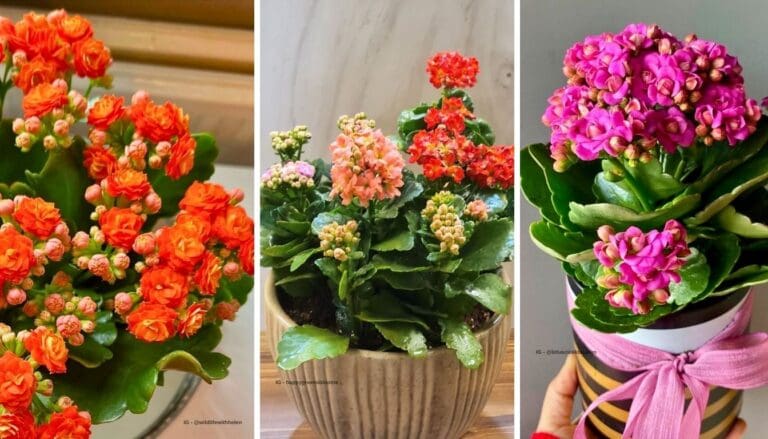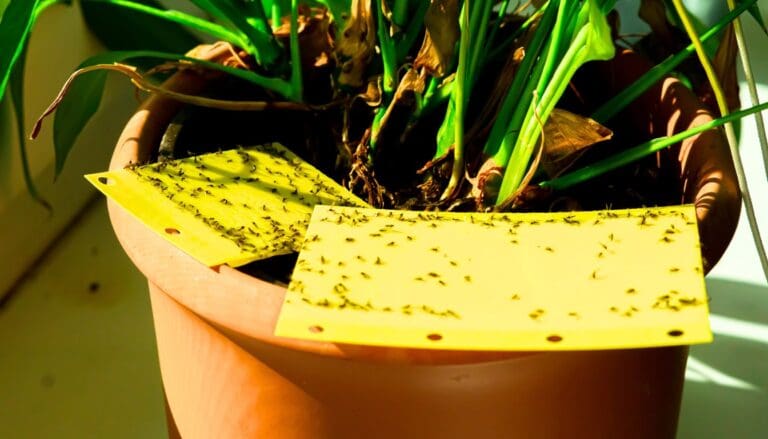6 DIY Watering Hacks That Save Plants During Hot Days
Hot days can be brutal on plants, can’t they? Every summer, I catch myself worrying that my garden will dry out and everything will look sad and droopy.
But honestly, just making a few tweaks to my watering routine has helped my plants survive even the worst heat waves. With some simple tricks, my flowers and veggies manage to look pretty good all season.
Please note: Simplify Plants is reader-supported. As an Amazon Associate, I earn from qualifying purchases made by our readers with no extra cost added to you all! Some links in the post are affiliate links and I get a commission from purchases made through links in the post.
1) Self-watering bottle planters
I’m a big fan of self-watering bottle planters, especially when the heat is relentless. They’re easy to set up, and I usually have everything I need lying around the house.
I grab a clean plastic bottle, poke a few holes in the cap, fill it up, and stick it upside down into the soil next to my plant. The water drips slowly into the soil, giving the roots a steady drink all day long.
If I’m dealing with a bigger plant, I use a two-liter bottle. For little pots, a regular water bottle does the trick.
This hack helps me save water and keeps my plants from drying out when I’m busy. It’s nice not having to remember to water every single day.
Plus, I’m using bottles that would otherwise end up in the recycling bin. Feels good to give them another purpose.
I do check the holes in the cap—too big, and all the water comes out at once. If that happens, I just try again with smaller holes.
This setup works indoors and outdoors. I rely on it for my patio pots and container gardens, since they dry out so fast.
With almost no effort, my plants get the water they need, even when it’s scorching.
2) DIY clay pot drip irrigation
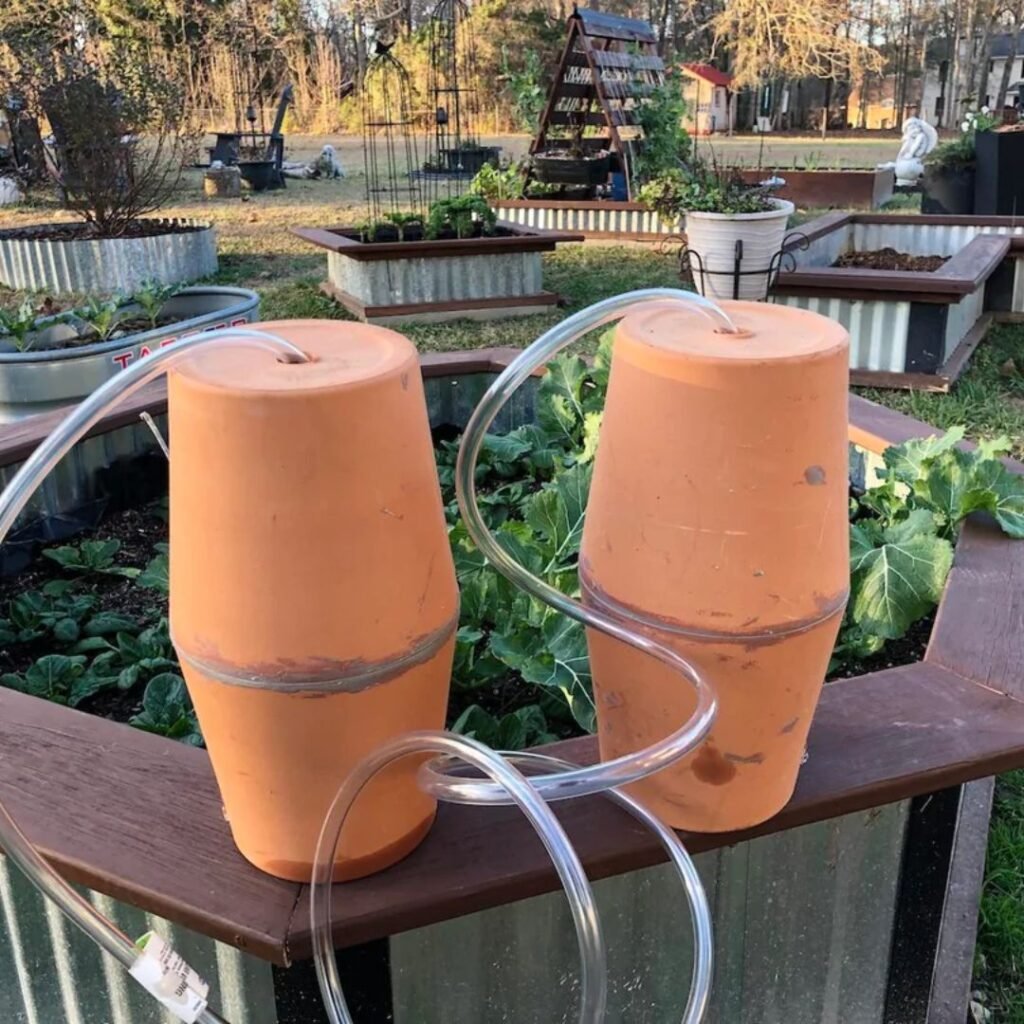
I really like using clay pots for a slow and steady watering system. All you need is an unglazed clay pot—an “olla”—and a small rock to plug the hole.
I bury the clay pot next to my plants, leaving the top above the soil. Then I fill it with water and cover it with a lid or plate to keep out debris.
The water seeps gently through the pot’s walls, right where the plant roots need it. I just check every few days and refill as needed.
This trick works great with tomatoes, peppers, and herbs. I like that it waters roots directly and doesn’t splash the leaves—less chance of disease.
For bigger beds, I use a few pots spaced out. It’s a simple, tool-free setup, and I can reuse the pots year after year.
It honestly saves me time and gives my plants a reliable water source. Refilling is quick, and I don’t stress as much about the heat.
3) Using ice cubes for slow watering
Sometimes I’ll use ice cubes to water my plants, especially on those sweltering days. I just pop a few cubes on top of the soil, keeping them away from the plant’s base.
As they melt, the water soaks in slowly, giving the roots a gentle drink. This works for both indoor and outdoor potted plants.
It’s easy to control how much water each plant gets—big pot, more cubes; tiny pot, just one. I avoid letting ice touch the stems or leaves to prevent cold shock.
For most houseplants, a couple of cubes does it. Orchids and some tropicals seem to like this method for gentle watering.
If I’m worried about overwatering or just want to keep things simple, this trick is handy. The slow melt means less water pooling at the bottom.
It’s also a fun way to get kids or friends involved if they’re watching my plants while I’m away.
4) Mulching with straw or leaves
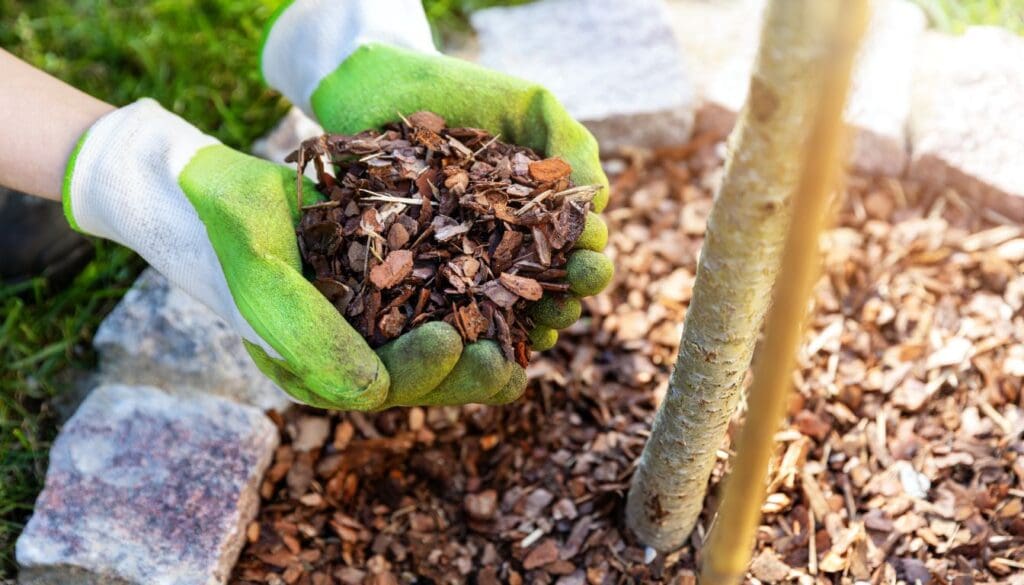
Mulch is a lifesaver in the heat. I like to lay down straw or leaves around my plants to keep the soil cool and lock in moisture.
A layer of straw or leaves blocks the sun, so the soil doesn’t dry out as fast. I’ve definitely noticed less wilting since I started mulching.
Mulching is cheap and easy. I use dried leaves from the yard or leftover straw—both break down naturally over time.
I spread mulch about 2-3 inches thick and keep it away from the plant stems to avoid rot. That thickness really helps with water retention.
Using mulch means I don’t have to water as often. I save time and water, and my plants look happier.
If I run out of straw or leaves, dried grass clippings do the job, too. I just let them dry before spreading them out.
5) Homemade wick watering system
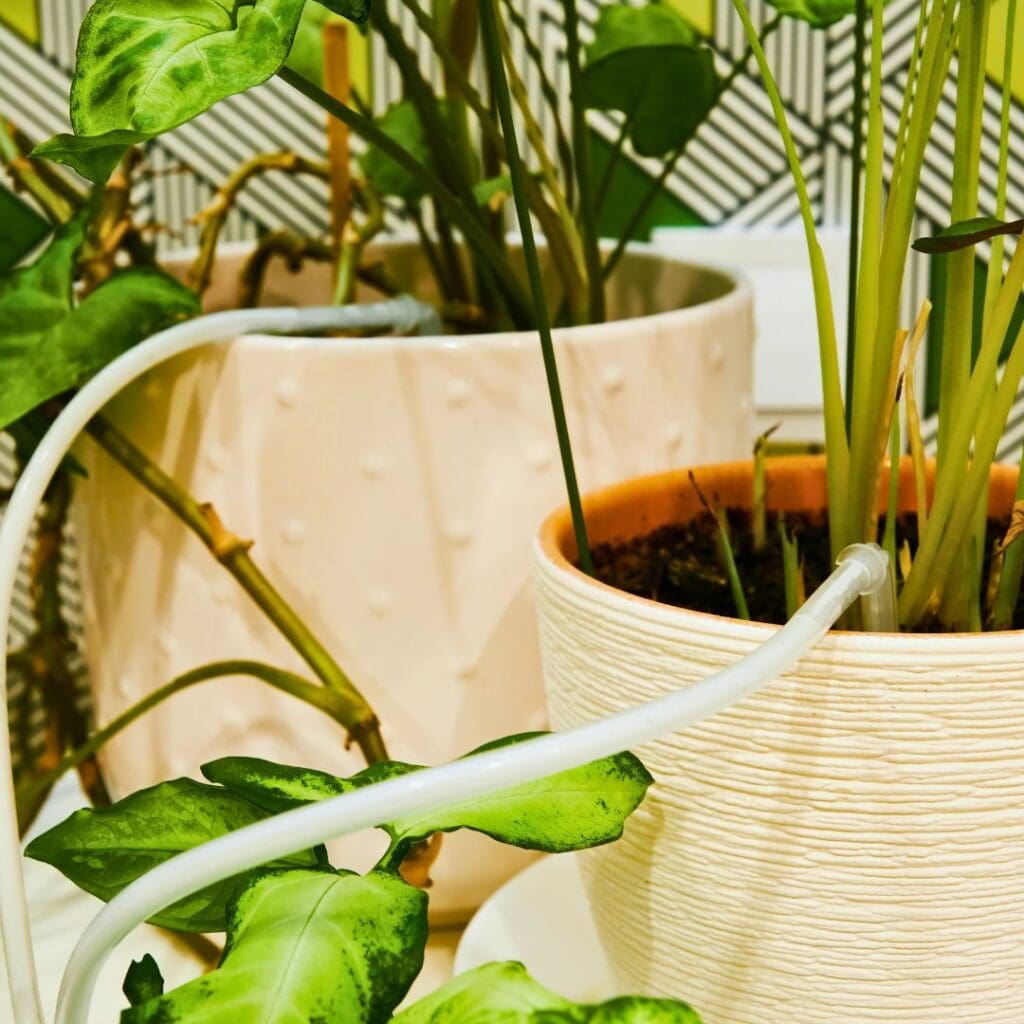
When it’s hot, a homemade wick watering system keeps my plants from drying out. It’s a super simple way to let water move from a jar to the soil.
I grab a cotton string or even an old shoelace. One end goes into a water-filled jar, the other gets buried a couple inches into the soil.
The string pulls water into the pot using capillary action, so the roots get what they need, when they need it.
This is perfect if I’m away for a weekend or just want to worry less during a heat wave. It’s cheap, needs no electricity, and works for bigger pots if I use more wicks.
I check the water jar daily and top it up as needed. It’s such a relief knowing my plants have a steady supply, even when I’m not around.
6) Plastic bottle cap watering spikes
Plastic bottle cap watering spikes are one of my go-tos. All I need is an empty plastic bottle and its cap.
I poke a few tiny holes in the cap, fill the bottle with water, screw the cap back on, and push the bottle upside down into the soil. The water drips out slowly, keeping things nice and moist.
This works best for small to medium pots. It’s a great way to keep plants watered if I’m busy or out of town for a few days.
Sometimes, I’ll use a few bottles for bigger pots or beds. The water goes straight to the roots, which seems to help plants stay strong.
I can adjust how fast the water drips by changing the number or size of holes in the cap. Thirstier plants get more holes, fussier ones get just one.
This simple hack saves time and helps my plants survive the heat with barely any effort. It’s definitely one of my favorite plant care tricks.
How Consistent Watering Supports Thriving Plants
Keeping my plants happy during the hottest days really comes down to watering regularly. Steady moisture makes a huge difference.
Hydration and Heat Stress Explained
When it’s hot, plants lose water fast through their leaves—a process called transpiration. Consistent watering keeps soil moist, so roots can pull up water and nutrients.
If I slack off, my plants get stressed. Wilting leaves, stunted growth, or even worse can happen if things dry out too much.
Here’s what I try to do:
- Check the top inch of soil for dryness
- Water early in the morning
- Use mulch to help the soil stay cool and damp
Stronger roots mean plants can handle hot spells better, no question.
Signs Your Plants Need More Water
Hot weather dries out plants quickly, so I watch for warning signs.
Things like:
- Wilting or limp leaves
- Dry, cracked soil
- Yellow or brown leaves
- Stunted growth
I’ll poke a finger into the soil; if it feels dusty or pulls away from the pot, it’s time to water. Nighttime wilting is a red flag for me.
If I see these signs, I water right away and check again in a few hours. Usually, a quick response helps my plants bounce back.
Tips for Monitoring Soil Moisture Effectively
I always check the soil before I water. It’s saved me from overwatering and keeps my plants from drying out, too.
Easy Ways to Check Soil Dampness
Finger Test: I stick my finger about two inches into the soil. If it’s dry at the tip, it’s time to water. If it feels cool and damp, I wait.
Stick or Chopstick Test: I push a wooden stick or chopstick into the soil. If it comes out with dark, moist soil sticking to it, there’s still enough moisture.
Soil Moisture Meter: These are handy. I just push the meter into the soil and check if it’s in the dry, moist, or wet zone.
These quick checks help me know exactly when to water, even on the hottest days.
Frequently Asked Questions
I stick with easy, affordable tricks to keep my plants healthy—no fancy gadgets needed. These methods keep my plants hydrated, even if I’m away for a bit.
What are some simple self-watering system ideas for my plants?
I love self-watering bottle planters for herbs and small flowers. Just poke a few holes in a plastic bottle cap, fill it up, and stick it upside down in the soil.
Another favorite is the homemade wick system. I run a cotton string from a water jar into the soil, and water slowly flows to the roots.
Can I use a water bottle to create a DIY drip irrigation for my plants?
Absolutely! I’ve used empty water bottles for a quick DIY drip system more times than I can count.
Just poke a couple of tiny holes near the bottom or in the cap, fill it with water, and stick it neck down in the soil. It’s surprisingly effective.
The water drips out slowly, so your plants stay watered for days without much fuss.
How do I keep my outdoor plants hydrated while I’m away for an extended period?
Before heading out, I like to spread a thick layer of mulch—straw or even just leaves—on top of the soil. It really helps keep things cool and locks in moisture.
For bigger pots, I’ll bury a clay pot (an olla) near the roots and fill it with water. The water seeps out gradually, so the plants don’t get thirsty.
Are there any low-cost DIY solutions to water my plants during a hot summer?
I’m all about the homemade wick watering systems, plastic bottles as self-watering tools, and, of course, mulching. They’re cheap, easy, and honestly, they work.
Once in a while, I’ll toss a few ice cubes on the soil for a slow water release. Just don’t let the ice touch the stems—it’s not great for them.
What are the best ways to prepare my garden for a week-long absence?
First thing, I always water my plants deeply before I leave. It gives them a good head start.
Mulch goes on next, and I’ll set up water bottles or wick systems wherever I can.
If I’ve got a bunch of pots, I’ll group them together in a shady spot. It helps them stay cooler and they just don’t dry out as fast.
How can I ensure my plants get enough water if I’m away for more than a month?
For longer trips, I like to mix things up a bit. I’ll set up a few large self-watering bottles or maybe some clay pot systems in each garden bed.
On top of that, I pile on plenty of mulch. If I’m lucky, I’ll ask a friend or neighbor to swing by and check on the plants once a week.
Honestly, it’s not a perfect system, but it usually keeps my plants from drying out while I’m gone.
Recommended Garden Supplies
| Product Image | Our Recommended Gardening Supplies | Check Offers! |
|---|---|---|
Top Top
Top
Top
Top
Top
Top
Top
Top | rePotme Houseplant and Tropical Classic Potting Soil Mix | Check Offer On Amazon |
 Top
Top
Top
Top
Top
Top
Top
Top | Espoma Organic Indoor Plant Food | Check Offer On Amazon |
 Top
Top
Top
Top
Top
Top
Top
Top | GooingTop LED Grow Light 6000K Full Spectrum Clip Plant Growing Lamp | Check Offer On Amazon |
 Top
Top
Top
Top
Top
Top
Top
Top | Soil Moisture Meter | Check Offer On Amazon |
 Top
Top
Top
Top
Top
Top
Top
Top | Govee Hygrometer Thermometer, Bluetooth Enabled! | Check Offer On Amazon |
 Top
Top | LEVOIT Humidifiers for Large Room(Best For Plants) | Check Offer On Amazon |
 Top
Top
Top
Top
Top
Top
Top
Top | Upgraded DIY Automatic Drip Irrigation Kit, 15 Potted Houseplants Support | Check Offer On Amazon |
 Top
Top
Top
Top
Top
Top
Top
Top | Stainless Steel Heavy Duty Gardening Tool Set | Check Offer On Amazon |
 Top
Top
Top
Top
Top
Top
Top
Top | Bonide Insecticidal Soap | Check Offer On Amazon |
 Top
Top
Top
Top
Top
Top
Top
Top | Bonide 32 oz Spray Neem Oil for Organic Gardening | Check Offer On Amazon |
 Top
Top
Top
Top
Top
Top
Top
Top | Garden Safe Fungicide | Check Offer On Amazon |

